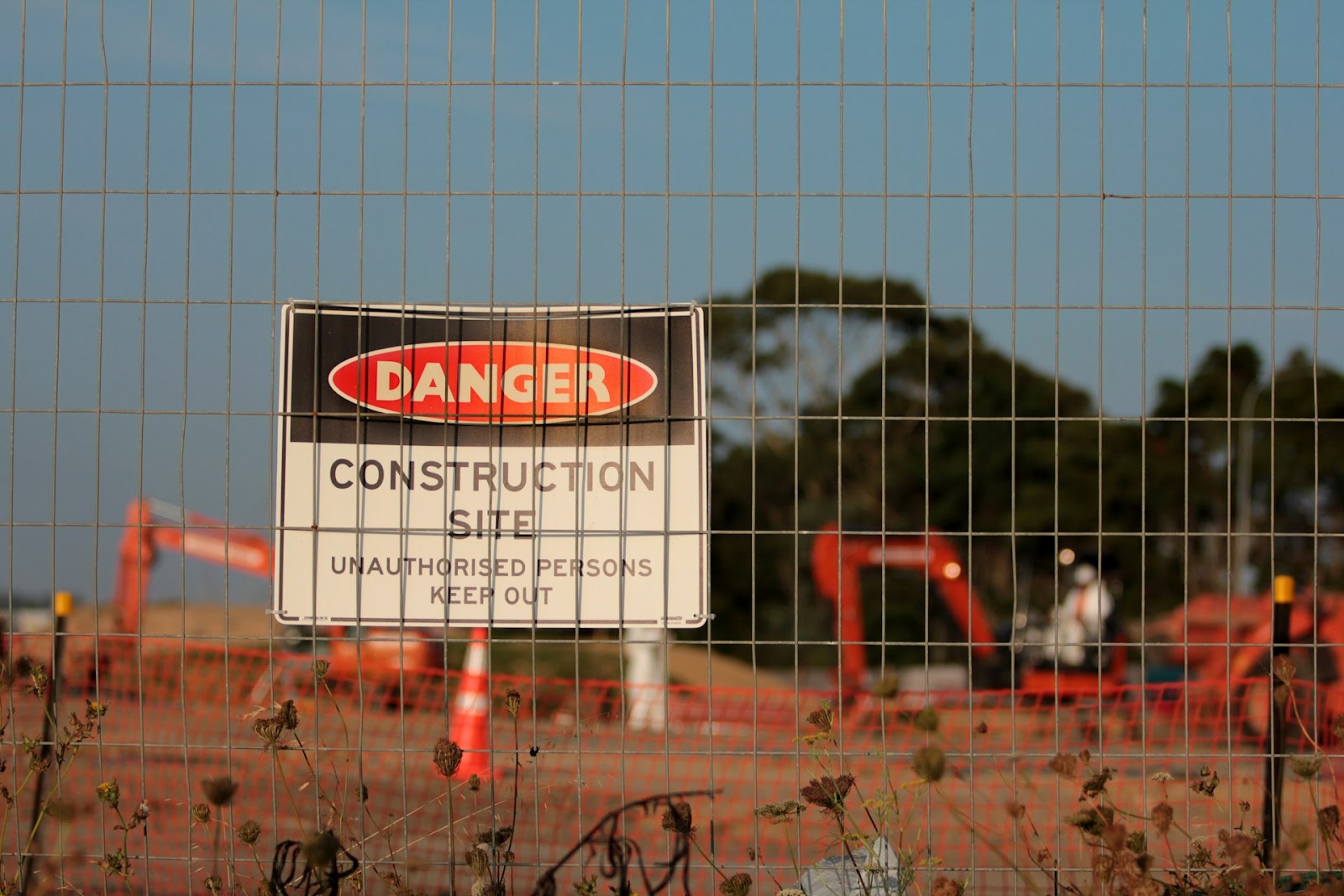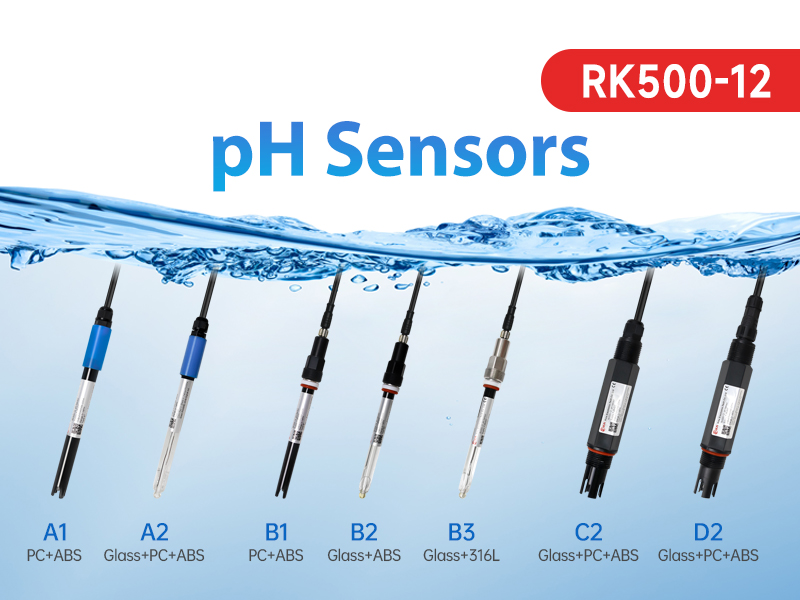One of the most significant aspects in any organisation is workplace safety. Workplace safety is a term we use to describe a series of steps business owners take in order to ensure employee well-being and smooth business operation.
To start implementing these steps, you first have to identify all possible hazards in your workplace. Identifying and assessing these hazards is the foundation of an effective and safe workplace. Preventing accidents isn’t the only reason why this is such an important process. It is also imperative to foster a culture of safety and responsibility.
Thanks to the following 5 steps, you’ll be able to successfully identify and assess hazards in your workplace as well and ensure an effective safety management for your employees.
Conduct a Workplace Inspection
The Importance of Workplace Inspections
When it comes to identifying hazards, the first step is to always conduct a thorough workplace inspection. This refers to a systematic examination of everything related to the work environment. For instance, you should examine equipment, materials, and even processes to find potential sources of harm.
Regularly inspecting the workplace will give you a clear picture of the safety conditions. Not only that, but it will help you identify hazards before they result in accidents and it will ensure compliance with safety regulations.
How to Inspect?
There are several important aspects you should focus on during inspection. Firstly, look at the general work environment. Pay attention to slippery floors, sharp edges, cluttered workspaces, or any other physical hazards.
Pay special attention to machinery and tools, as malfunctioning equipment can lead to numerous safety issues. Check emergency exits as well – fire exits, extinguishers, and first aid kits. If you operate in storage, make sure that hazardous materials are well stored and properly labelled as well.
Analyse Work Processes and Procedures
The Flow of Work
To further identify potential workplace hazards, you need to understand the flow of work. Analysing the work processes will help you determine possible risks. To better understand the work flow, start by breaking the tasks into smaller steps and evaluate them separately.
Then, consider human factors such as fatigue, stress, and inexperience and their relation to the safety conditions. Evaluate the way employees interact with equipment too and consider the way employees are exposed to hazardous chemicals or biological agents as well.
Review and Update Procedures
Once you analyse the work flow, you should start implementing some steps to increase safety in the workplace. You should regularly review work procedures to always have a clear idea of the conditions. As your operations start evolving, so will the potential hazards.
Make sure that your standard operating procedures are always up-to-date. Make sure that your employees are aware of the new procedures and equipment. Don’t forget to invest in proper safety training at Zokal Safety Australia. That way, all your employees will know how to handle the equipment and look after themselves.
Engage Employees
Safety-Conscious Culture
Speaking of employees, you shouldn’t forget that the employees are, in fact, the best source of information related to the workplace. As they are the ones directly involved in the work processes, their input will be invaluable when it comes to identifying hazards.
To gather valuable information from the employees, you should encourage them to share their observations. Make sure to foster open communication and ask for feedback. Have employees present at safety meetings and inspections and reward them for contributing to this important matter.
Gather Employee Input
There are numerous ways to gather employee input. Depending on the size of the business and the number of team members, you might implement different strategies. For instance, if you operate with a smaller team, a staff meeting will suffice for these purposes.
On the other hand, if you have a larger team, surveys and questionnaires will be perfect. To encourage them to be more frank, you can simple make these anonymous. Safety committees and suggestion boxes are also great ideas for collecting employee input.
Evaluate Risk Levels
Risk Assessment
Once you identify the hazards, it’s time you assessed the risk they carry. You should evaluate the likelihood of an incident occurring due to each hazard, as well as the potential severity of the consequences.
To assess the risk, you could categorise risks on subjective judgement with a risk matrix. You can also use data and statistics to look at the current state or you could use job safety analysis. Job safety analysis refers to breaking downs tasks, analysing them at each step, and then determining control measures.
Prioritising Risks
As soon as you get the clear idea of all of the possible workplace risks, you should prioritise them. You should always prioritise them on three levels – severity, likelihood, and exposure.
When it comes to severity of the risks, consider how bad the consequences would be if the hazard materialised. For likelihood, consider how likely it that a hazard becomes a real incident is. Finally, for exposure, look at how often the employees are exposed to each hazard.
Implement Control Measures
Effective Controls
After you’ve successfully assessed the risks, you can start implementing control measures to minimise and eliminate the hazards. Elimination is one the best ways to deal with hazards. If it’s not possible to remove the hazard entirely, substitution is another good idea.
If you can’t replace the hazard with something less dangerous, try using barriers, guards, and ventilation, since these are great ways to reduce exposure. Implement procedures and training to minimise risks and provide appropriate personal protective equipment for every employee.
Monitor Improvement
Putting the control measures in place won’t be enough. On the contrary, for a truly safe workplace, you’ll have to continuously monitor their effectiveness. Reviews, inspections, and feedback will be necessary to know whether your measures are working or not.
Perform safety audits regularly and analyse incident reports to look for patterns and areas that need further improvement. In some cases, make sure to reassess hazards if you notice that they could use some more effective control measures.
Conclusion
Workplace safety is paramount. Every employee deserves to work in a space where risk of incident is down to minimum. With these simple steps, you could quickly create a safe and sound environment where your employees could work and learn in the best conditions possible for them!
Also, visit: Certificate of Incumbency




